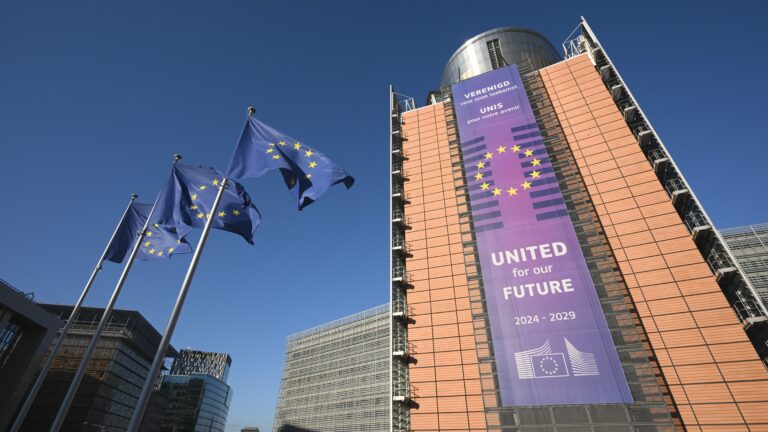National pollsters in the United States and Donald Trump have always had a dubious relationship—after all, according to the ‘expert’ pollsters, he never should have been President in the first place. Yet, once he first took office in 2017, the same pollsters continued to undercut him in his first term. His approval rating was regularly in the 30s, and only peaked at 47 per cent (a little foreshadowing, he is now the 45th and 47th POTUS) for a very brief period of time, according to the RealClearPolitics aggregate.
This is what prompted me to write the article ‘Does Donald Trump’s Approval Rating Even Matter Anymore?’ back in May. I still stick with the thesis that it only matters very little, given the history of President Trump being consistently underpolled.
The current POTUS’s approval rating is standing at 45.9 per cent, as of the time of writing this, in the RCP aggregate. However, given all that was said above, we need to do a little more digging to find out how much national support President Trump and the Republican Party have managed to retain since winning the presidential election last November.
The generic ballot polling for the two midterm House elections in the Trump era, in 2018 and 2022, was a lot more accurate than popular vote polling for presidential elections. In 2018, the RCP average actually overestimated Republicans by over a point. On election day, it showed the Democrats up by 7.3 points, and they ended up winning by 8.6 points. In 2022, the GOP was up by 2.5 points in the RCP aggregate, and ended up winning the national vote by 2.8 points.
Today, the Democrats lead the generic ballot polling average by 3.5 points. That is actually promising to President Trump and his party, given the trend in the last 30 years where the party occupying the White House loses the House elections in the midterms (with the exception being 2002, a year after 9/11), often by wide margins in the popular vote. For comparison, in 2017 at this point in the year, Democrats were leading the national polling average by 8.8 points—so, coincidentally, very close to the actual result in 2018.
Will Republicans be able to hold onto their narrow majority in the House? Almost certainly not. However, that should not be the expectation in the first place. The real goal for the GOP should be to retain enough seats to only need to persuade a manageable number of Democratic representatives in swing districts to support procedural matters—such as approving the federal budget—without making major concessions. Holding onto 206–210 seats should be sufficient for that.
'Will Republicans be able to hold onto their narrow majority in the House? Almost certainly not. However, that should not be the expectation in the first place'
What gives the GOP even more hope for the future is the two parties' favourability ratings. Despite the polling industry leaning left in recent years, the Democrats' favourability rating is in the gutter, according to multiple polls. The RCP average currently has it at 34.1 per cent, but, for instance, a recent CNBC survey has it as low as just 23 per cent. Meanwhile, the Republicans are sitting on a 41.1-per-cent favourability rating in the polling average.
In the May article about President Trump's approval, I also brought up the Dow Jones Industrial Average as a more reliable metric than his approval rating to measure President Trump's success in the White House—which has worked out very much in his favour since.
In that piece, I note that before market open on 5 May, the Dow was down 2.54 per cent year-to-date, which was already a big improvement from the 'Liberation Day' lows. Now, before market open on 13 August, the Dow is up 4.87 per cent YTD. Yesterday, it got a nice push from a favourable inflation reprort: according to the Consumer Price Index, prices rose 2.7 per cent annually in July, less than expected after fears of inflationary pressures from President Trump's new tariffs.
Some may be sceptical of the new CPI numbers due to President Trump recently firing the Biden-appointed US Bureau of Labor Statistics commissioner in charge of compiling both the monthly CPI and jobs report data. However, the markets certainly put a lot of faith in those numbers. Also, President Trump is reasonably wary of internal sabotage within his administration, given what he experienced in his first term.
And it seems that, after learning key lessons from his first term, his second term in Washington is going much more smoothly.
Related articles:







